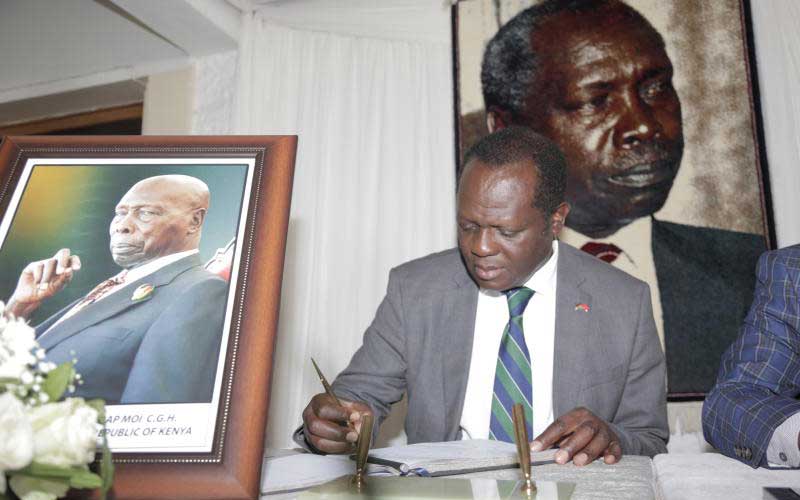×
The Standard e-Paper
Kenya’s Boldest Voice

Jubilee Party Secretary General Raphael Tuju (pictured) has clarified that he did not repossess the Kenyatta International Convention Centre (KICC), Kenya’s iconic landmark from Kanu.